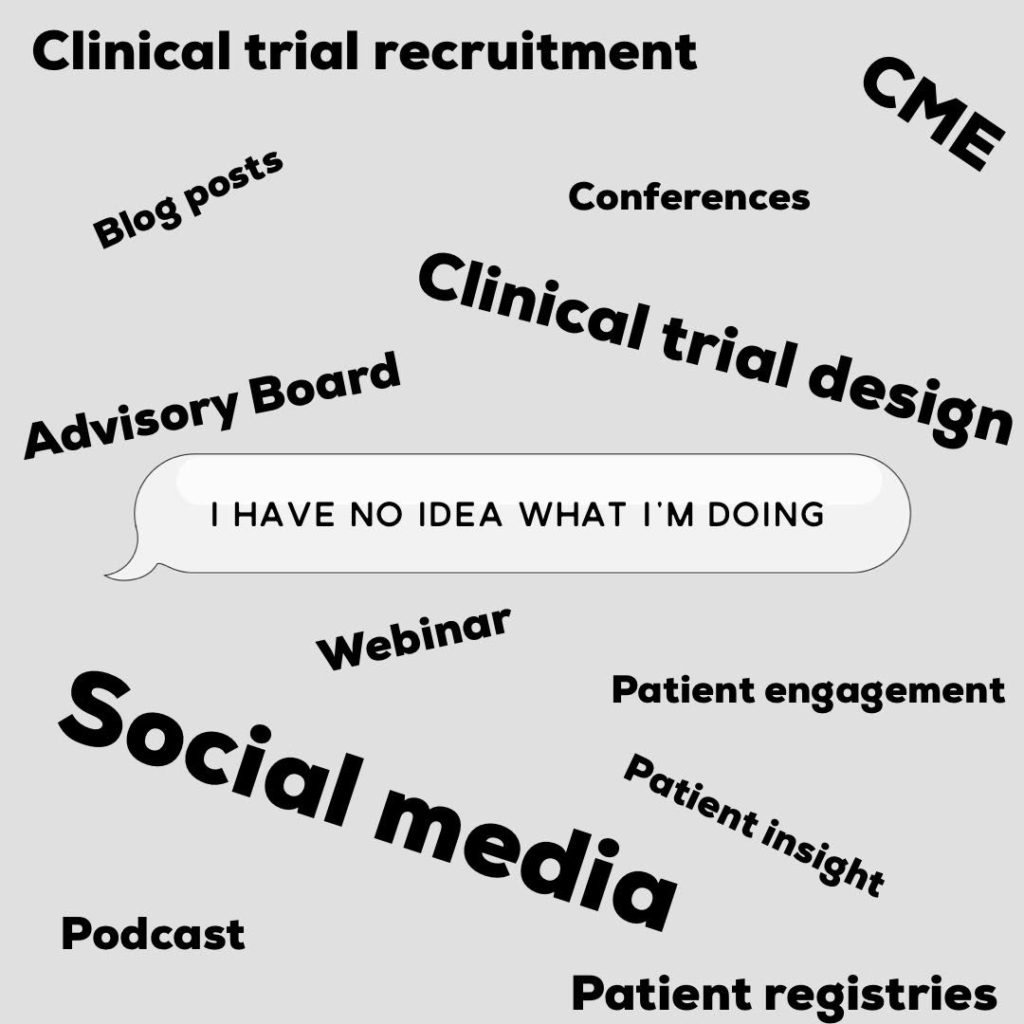If you follow along with #hcldr chats on Tuesday nights, you may have caught an interesting discussion on communication. It’s a core part of our daily lives, it is essential to success in a health care setting, but so many people and companies miss the mark. The big question is: how do we define and implement authentic communication techniques?
The first thing I want to point out is that conversations between doctors and patients are communications that remain confidential. Besides encouraging more dialogue in this dynamic, the issues with building authentic communication between patients and providers are pretty straight forward. You need time to have the conversation, trust between the parties, and opportunity to follow up.
Healthcare companies are in an entirely different universe. It doesn’t matter if you are in technology, patient services, biopharma, research, or data, authentic communication is critical to your success. The chat brought up some really good points about the difference between communication versus broadcast. I see so many companies missing the mark in this area. Either too many broadcasts or too few. Then problems with content that’s shared in comparison to original ideas. So let’s break down some common mistakes and how to correct them.
- No balance: Some companies (especially in the biopharma and HealthIT space) tend to stick with broadcasts of their accomplishments. While it is important to shout those victories from the rooftops, connections with patients and consumers will be facilitated through interactions that are conversation based. This is especially true if you develop platforms/programs that are to be used by patients in their daily lives. A personal connection and warm conversation can put you ahead of the competition.
- Not enough original content: Probably one of the most common slip ups I see on social media, companies who spend a lot of time sharing great information but not creating their own. It’s easy to get caught up in circulating great content, but you need to have an independent voice on all channels. Broadcasting accomplishments, having employees write blogs, asking engaging questions and then interacting via feedback are all easy ways to produce original content.
- Not soliciting feedback: You need to ask your audience what they think is missing. Do you engage enough? Are there things that people would like to know more about? Are you sharing too many articles on a specific topic? Think about that friend that you like a lot, but get sick of quickly because they only talk about one subject. Your communications can come off that way too, even on social media. This is why feedback is important. But don’t fall in to the next trap either.
- Feedback is not confidential: If you want honesty from patients, you need to keep their insights private, unless they give you permission. You will receive straightforward critiques if the conversation is kept private. I don’t know many patients who would feel comfortable facing a healthcare provider after they gave negative feedback about their experience. That being said, you should also leave the option open for people to elect to have their identity shared. Especially if someone is praising your work!
- Consistency is absent: I see a lot of healthcare companies engaging with patients in short bursts and then they go dark for a long period of time. Patients end up forgetting about you if you’re not consistently engaging. The best way to remain engaged is to plan ahead. Map out the year. Does your organization participate in awareness days/months? Do you celebrate certain milestones or anniversaries? These are easy ways to facilitate connections in between important communications.
Avoiding these five mistakes can help you craft authentic communication with patients. If you’re struggling to change the way you communicate, let’s collaborate!

